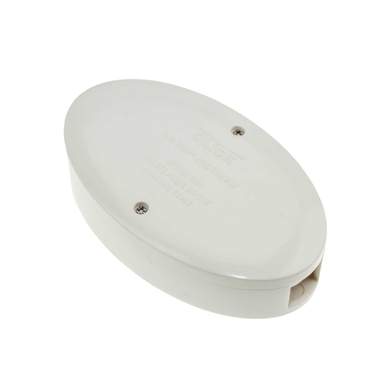First thing is you should avoid cutting and joining if
at all possible!
If you are joining inside and in some accessible location (i.e. not buried in a wall, etc) then you have more choices for junction boxes. For example, this will easily deal with 6mm or 10mm T&E cable:
A selected range of special purpose moulded and stainless steel accessories
www.cef.co.uk
However, if it is going to be hidden then it needs to be a maintenance-free version. Those are typically designed around spring-loaded terminals like the Wagos, along with cable restraint, etc, so they will not loosen due to normal levels of vibration and temperature cycling. But you have to be careful as not all combinations of, for example, Wago boxes and terminals are rated for that, and 6mm is larger than some of the Wago family's max size rating. Also you really need to check the instructions as some specify the box has to have additional cable ties (not supplied!) to hold it shut if it is to meet the MF rating.









